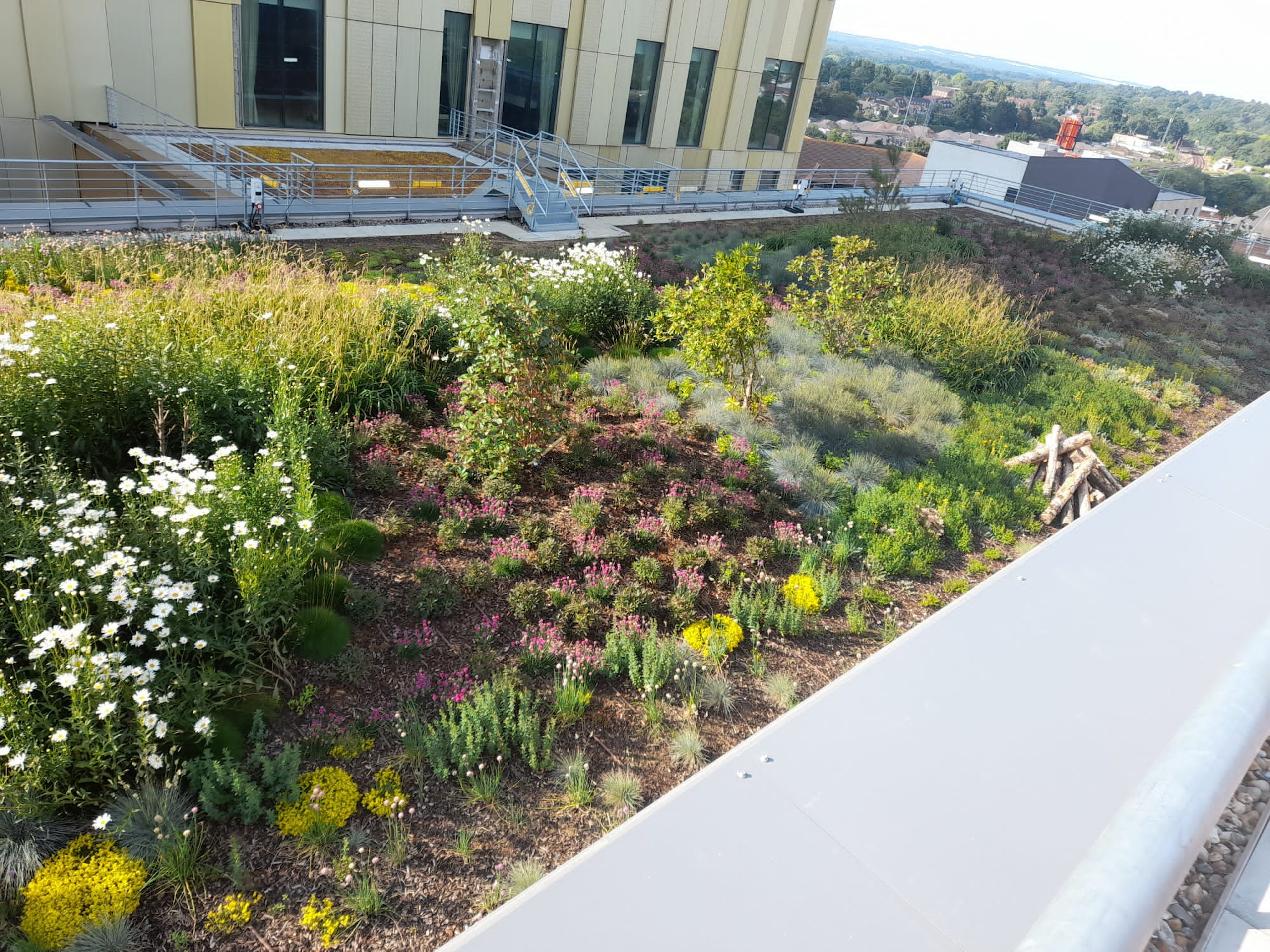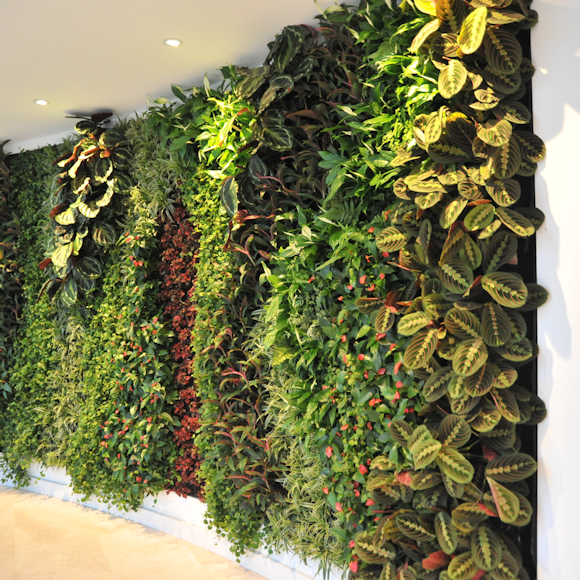Green roofs are a wonderful and natural edition to any type of property. From commercial buildings, airports, and schools, through to car parks, offices and even our own homes, they provide a range of both environmental and psychological benefits for the world to enjoy.
But as beautiful and as beneficial green roofs can be, that doesn’t mean each project goes smoothly from start to finish.
There are a lot of factors that go into the creation of a green roof, with each needing a thorough plan to ensure long-term success of the project.
So, to help those looking into their green roof opportunities, continue reading for what can go wrong (and how to avoid it).
1. Substrate depth
Substrate depth plays a huge part in the success of your green roof project. Get this right and your plants will thrive, but an incorrect level of substrate will quickly cause your plants to dry and shrivel, especially when open to the elements.
The correct level of depth will completely depend on the vegetation specified, so it’s important to take this into consideration.
Low growing sedum will need a shallow, low nutrient, free draining substance, whilst Wildflowers will require a deeper substrate of around 100-150mm.
Herbaceous plants, shrubs and trees on intensive green roofs will require even greater depths of around 300-450mm+.
Essentially, you cannot afford to underestimate the importance of substrate levels. It can be the difference between a project failing and being a long-term success.
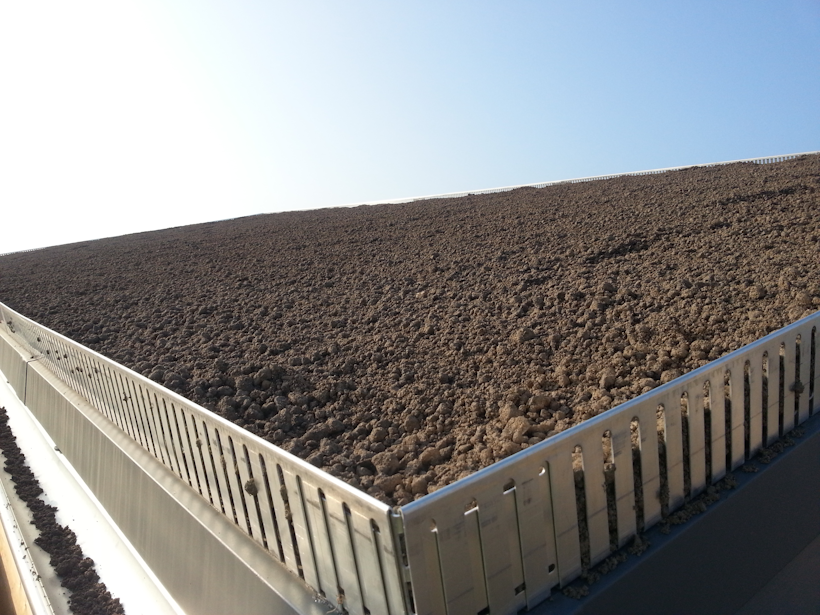
2. Green roof irrigation
Proper irrigation enables green roofs to flourish, keeping vegetation healthy throughout their lifetime. But if the irrigation system isn’t set up or planned properly, your green roof, whether that be extensive or intensive, will soon end up being an unhealthy one.
Typically, extensive, semi-extensive, and biodiverse green roofs require irrigation for 6-9 months for establishment. Whereas intensive green roofs will always require an irrigation system. This is due to intensive roofs needing deeper growing mediums, and therefore higher irrigation maintenance, allowing for the growth of trees and shrubs.
In short, a lack of water supply is a big reason green roofs tend to fail. Make sure this is thoroughly planned out and avoid relying on manual watering procedures.
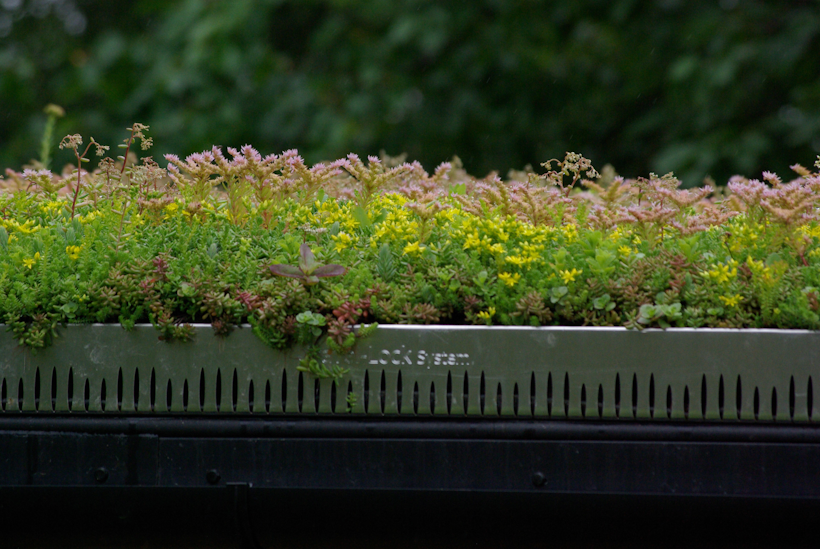
3. Maintenance and access
Whilst extensive green roofs tend to require limited maintenance, an annual visit to feed and remove any pernicious weeds is essential. Without this, weeds are allowed to seed and the roof in question becomes contaminated.
But with any roof, regardless of the level of maintenance required and before you can develop a maintenance strategy, there is one vital point you must confirm. That is – are you able to access the green roof for maintenance?
Should this be an issue, you may want to reconsider. Without a safe way to access your roof for its required maintenance, failure is probable.
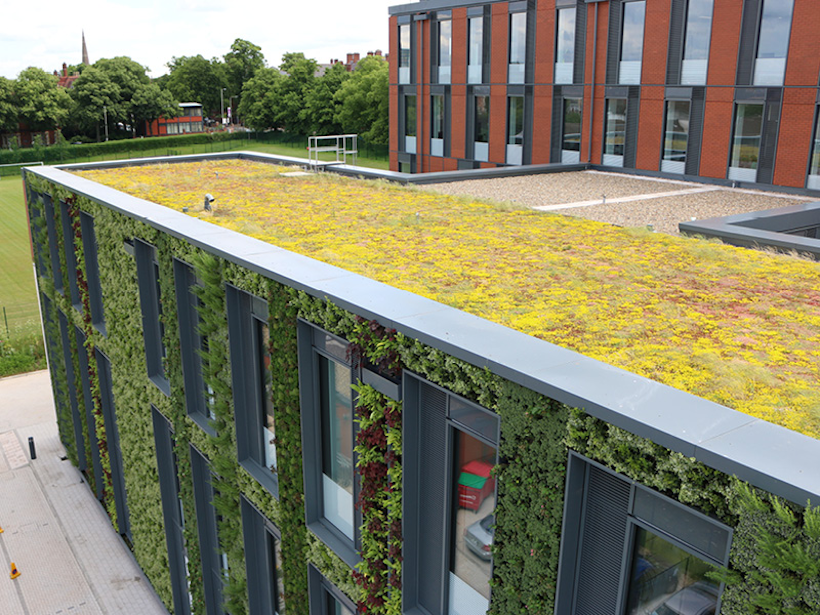
4. Plant selection
The layout and selection of green roof plants can make or break your project. Choosing vegetation suitable for the local weather, expected rainfall and levels of sun will give your green roof every reason to thrive.
Different species require different levels of sunlight, and this directly effects the optimum location of a plant. For example, your roof may experience intense sun without any means of protection from shade, meaning a ‘thirsty’ plant may not be suitable in these conditions.
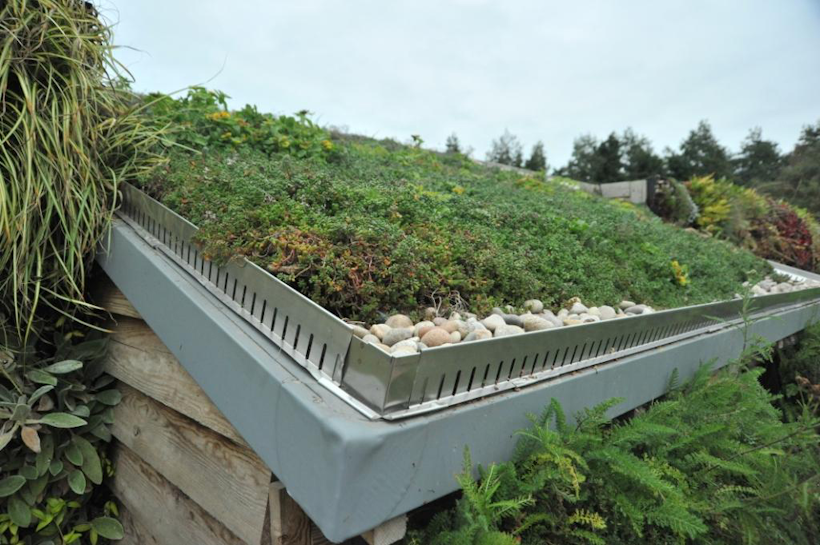
5. Roof drainage
Whilst intense levels of sun can cause issues for your green roof (species dependant), so can the contrary – rainfall. When combined with insufficient roof drainage, rain can leave your green roof waterlogged.
Impaired drainage is a common issue leading to plant loss, which usually happens when an unsuitable membrane has been used or wrongly installed. The drainage membrane allows for water to drain away safely, protecting the roots of your green roof.
If this fails to take place, plants will become waterlogged and unfortunately die off.
So, it’s extremely important to ensure there are no blockages and that the membrane being used is sufficient.
Ensure green roof success with Viritopia
To ensure 100% confidence in a successful green roof installation, it’s always best to bring an expert on board. Having installed over 30 million plants since 2008, we at Viritopia have the experience and knowledge needed to advise you on your green roof choices.
For more information on how we can help, or if you’d like to discuss your green roof project with an expert, contact our friendly team at Viritopia today – we’re always happy to help and are standing by to answer any questions you have.
